Introduction to Water Vapor Fireplaces
Water vapor fireplaces have emerged as an innovative solution for those seeking the ambiance of a traditional fire without the associated risks and maintenance. These electric fireplaces utilize cutting-edge technology to create mesmerizing flame effects using only water vapor. This not only enhances the aesthetic appeal of a living space but also ensures safety and efficiency. With the growing popularity of eco-friendly and versatile home improvements, water vapor fireplace solutions are becoming a preferred choice across households.
What is a Water Vapor Fireplace?
A water vapor fireplace is an electric fireplace that employs ultrasonic technology to create the illusion of flames using water vapor. Unlike traditional fireplaces that burn wood or gas, these models produce a fine mist that, when illuminated by LED lights, mimics the flickering of real flames. This technology not only provides visual warmth but also adds humidity to the air, creating a cozy environment without the risks associated with real flames.
How Water Vapor Technology Works
The functioning of water vapor fireplaces is based on a simple yet ingenious principle. When the unit is activated, an ultrasonic transducer vibrates at high frequencies, turning water in the reservoir into fine mist. This mist rises and, when illuminated by strategically placed LED lights, creates a realistic flame effect. The result is a safe, beautiful display that can be enjoyed year-round without the associated heat of a conventional fireplace, making it ideal for any season.
Differences from Traditional Fireplaces
- Safety: Unlike traditional fireplaces, which pose risks of fire hazards and unintended accidents, water vapor fireplaces are cool to the touch, reducing the risk of burns or fires.
- No Emissions: Water vapor fireplaces do not produce harmful smoke or carbon emissions, making them an environmentally friendly option.
- No Heat Generation: These fireplaces do not create significant heat output, allowing them to be used in warmer months without overheating a room.
- Maintenance: Maintenance of water vapor fireplaces is significantly easier as they require periodic refilling of the water reservoir and occasional cleaning of the system.
- Aesthetic Versatility: Available in numerous styles and designs, water vapor fireplaces can serve as stunning focal points in any room—from modern minimalistic to classic rustic.
Benefits of Water Vapor Fireplaces
Safety Features
The foremost advantage of a water vapor fireplace is its safety profile. Conventional fireplaces can present various hazards, including the risk of accidental fires or burns. With water vapor technology, these fireplaces do not produce actual flames or require combustible materials, making them suitable for homes with children or pets. Additionally, many models feature auto shut-off mechanisms when the water reservoir is low, adding another layer of precaution.
Environmental Benefits
In the face of climate change and environmental concerns, water vapor fireplaces are a conscientious choice. They emit no harmful pollutants or greenhouse gases, contributing to cleaner indoor air quality. By harnessing renewable water resources and LED lighting, these fireplaces minimize environmental impact while providing beautiful aesthetics. Moreover, using water vapor assists in maintaining indoor humidity levels, which can be beneficial in arid climates.
Versatility in Design
Water vapor fireplaces come in various styles, sizes, and configurations, making them adaptable to any décor. Whether integrated into a wall, placed as a stand-alone piece, or combined within entertainment units, these fireplaces enhance design flexibility. With options ranging from sleek contemporary models to more traditional appearances, it’s easy to find a water vapor fireplace that matches personal taste and home aesthetics.
Installation and Maintenance
How to Install a Water Vapor Fireplace
Installing a water vapor fireplace is relatively straightforward, making it an appealing option for homeowners. Most units require access to an electrical outlet and a water supply, with many models featuring a built-in reservoir that can be manually filled. For those opting for more permanent installations, connecting a water line to a main supply ensures continuous operation without the need for frequent refills. The basic steps for installation typically include:
- Selecting an appropriate location, ensuring proximity to a power supply and water source.
- Mounting the fireplace on a wall or positioning it in a designated space, following the manufacturer’s guidelines.
- Connecting the power cord and water supply, ensuring all connections are secure and leak-free.
- Testing the unit to confirm proper operation and adjusting settings as necessary.
Maintenance Tips
While water vapor fireplaces require minimal upkeep, regular maintenance is essential to ensure their longevity and functionality. Here are some tips to consider:
- Regularly Check Water Levels: Keep the water reservoir filled to avoid damage to the ultrasonic transducer. Many models will have an alert system for low water levels.
- Clean the System Occasionally: To prevent mineral buildup from hard water, clean the reservoir and transducer according to the manufacturer’s recommendations, typically every few months.
- Inspect for Leaks: Periodically check all water connections for leaks to maintain efficient operation.
- Keep the Surrounding Area Clean: Dust or debris around the fireplace should be kept to a minimum to allow for proper airflow and operation.
Common Issues and Troubleshooting
While water vapor fireplaces are designed for reliability, they may occasionally present challenges. Common issues include:
- Insufficient Vapor Production: If the fireplace is not producing enough vapor, ensure the water level is adequate and that there is no mineral buildup in the ultra-sonic transducer.
- Flame Appearance Issues: If the flame effect appears distorted, check the positioning of the LED lights and ensure that the water is clean.
- No Power: In cases where the unit does not turn on, examine the power connection and ensure that the electrical outlet is functioning correctly.
Comparing Top Brands
Aquafire: Innovations in Water Vapor Technology
Aquafire has positioned itself as a leader in the water vapor fireplace market, delivering a line of products known for their high-quality materials and advanced technology. Their fireplaces feature customizable settings, allowing users to modify the intensity of the flames and even the color of the LED lights for a personalized experience. Known for their reliability and aesthetic appeal, Aquafire products are ideal for both residential and commercial applications.
Modern Blaze: Stylish Choices for Every Home
Modern Blaze offers a diverse range of water vapor fireplaces, focusing on style and functionality. Many of their models come with built-in heaters, providing some warmth while maintaining the enchanting appearance of flickering flames. The brand prides itself on quality design that fits seamlessly into contemporary homes. Customers appreciate their user-friendly controls and easy maintenance features.
Litedeer: Affordable Options for Luxury
Litedeer specializes in creating cost-effective water vapor fireplace solutions without compromising on luxury. Their products are designed with modern aesthetics in mind, catering to a market looking for elegant solutions on a budget. Litedeer fireplaces often showcase innovative designs, making them standout features in any room while maintaining user-friendly operation.
Frequently Asked Questions
Are Water Vapor Fireplaces Energy Efficient?
Water vapor fireplaces are designed to be energy efficient, utilizing minimal power for their operation compared to traditional fireplaces. Most models employ LED lights, which are low in energy consumption, and they only draw power when active. This efficiency allows for the creation of stunning visual displays without significant costs on electricity bills.
Can You Use a Water Vapor Fireplace Year-Round?
Absolutely! One of the significant advantages of water vapor fireplaces is their versatility in use throughout the year. They provide aesthetic appeal without heating the space substantially, making them suitable for warmer months when traditional fireplaces might overheat a room. Whether for visual ambiance during the summer or winter, these units can be enjoyed whenever desired.
What Are the Costs Involved?
The costs associated with water vapor fireplaces can vary broadly based on the brand, model, and features. Basic units can start around $500, while more luxurious or customized models can exceed $2000. Additionally, factors such as installation costs, water supply connections, and potential ongoing maintenance can influence the overall expense of owning a water vapor fireplace. However, the long-term savings on fuel costs and energy efficiency often make them an attractive option.
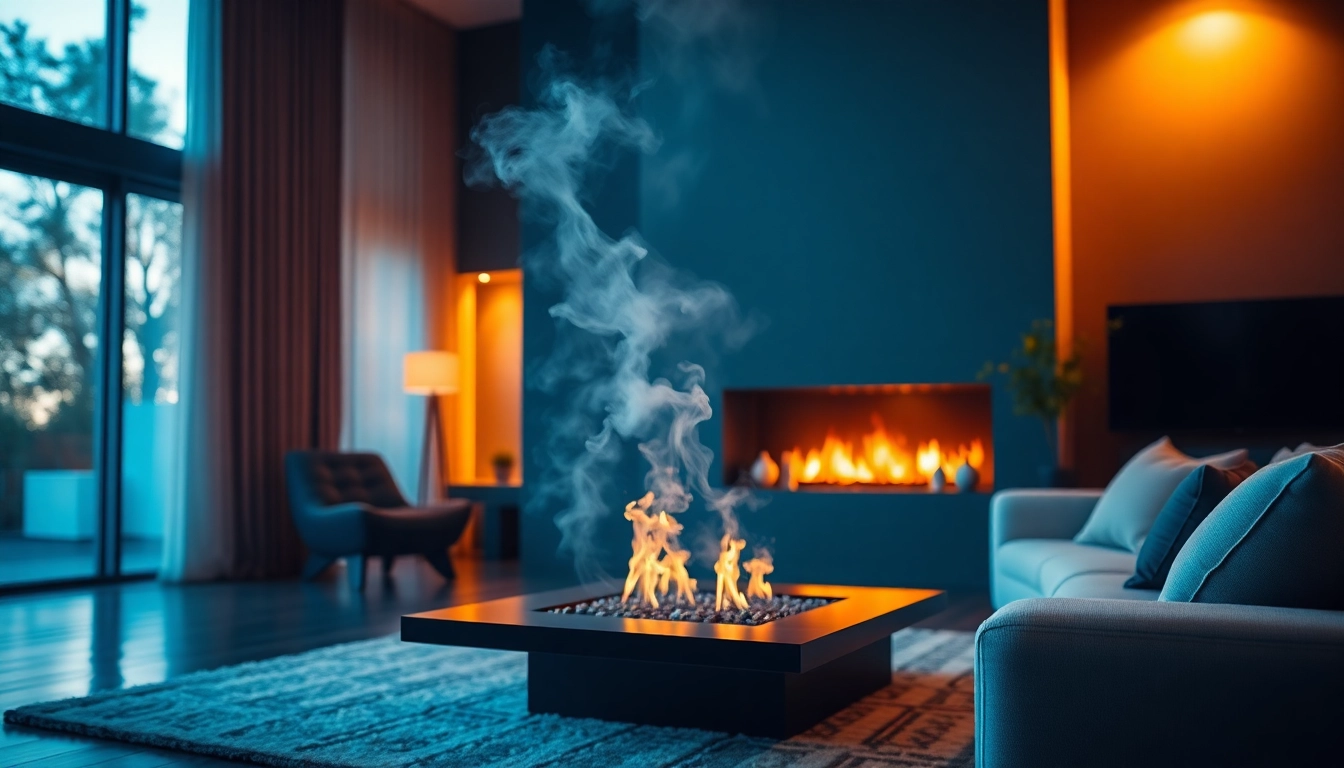

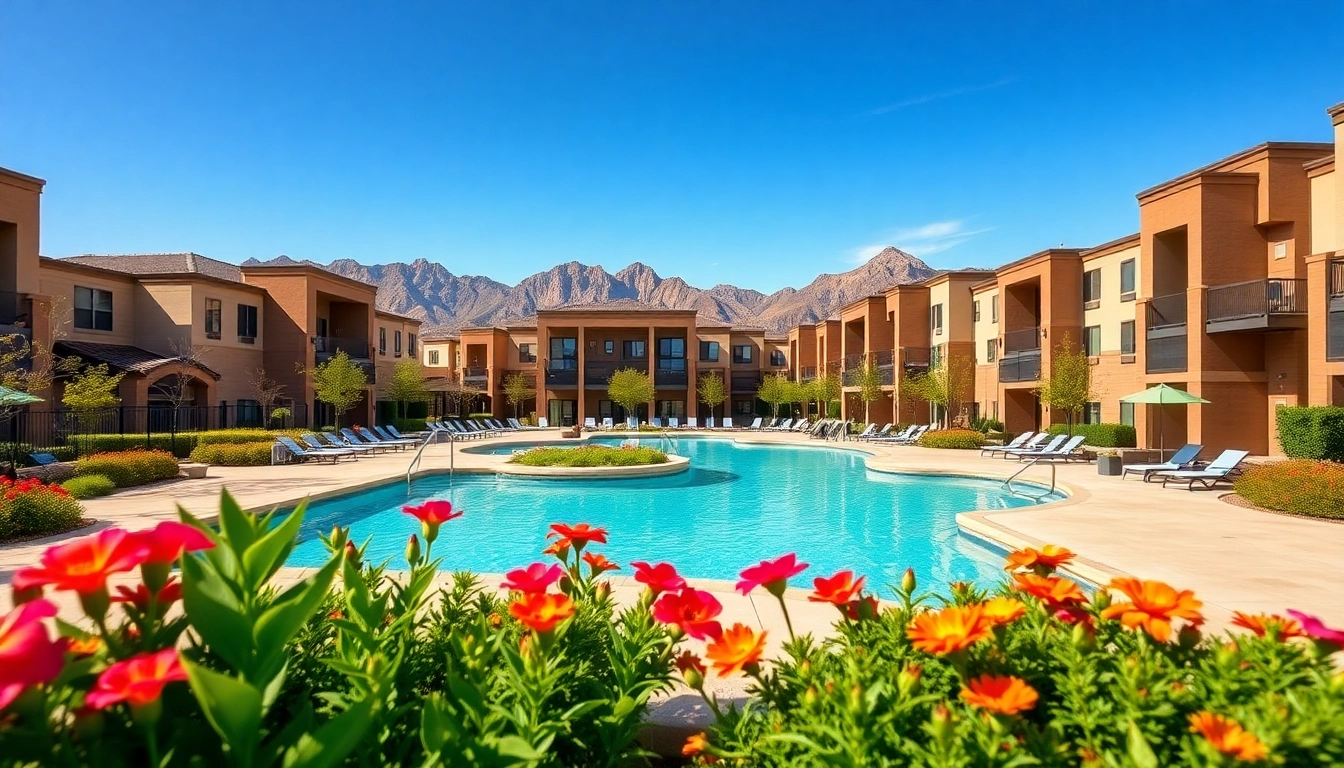
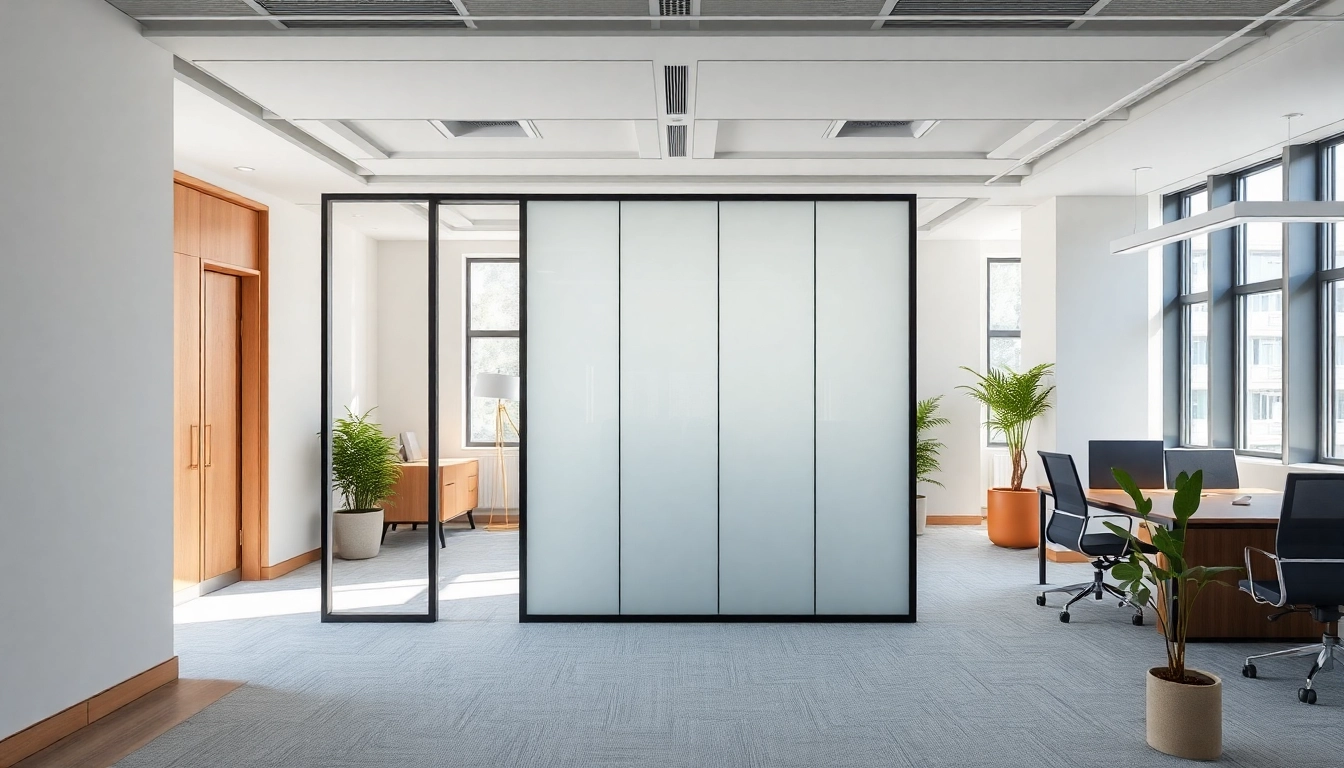
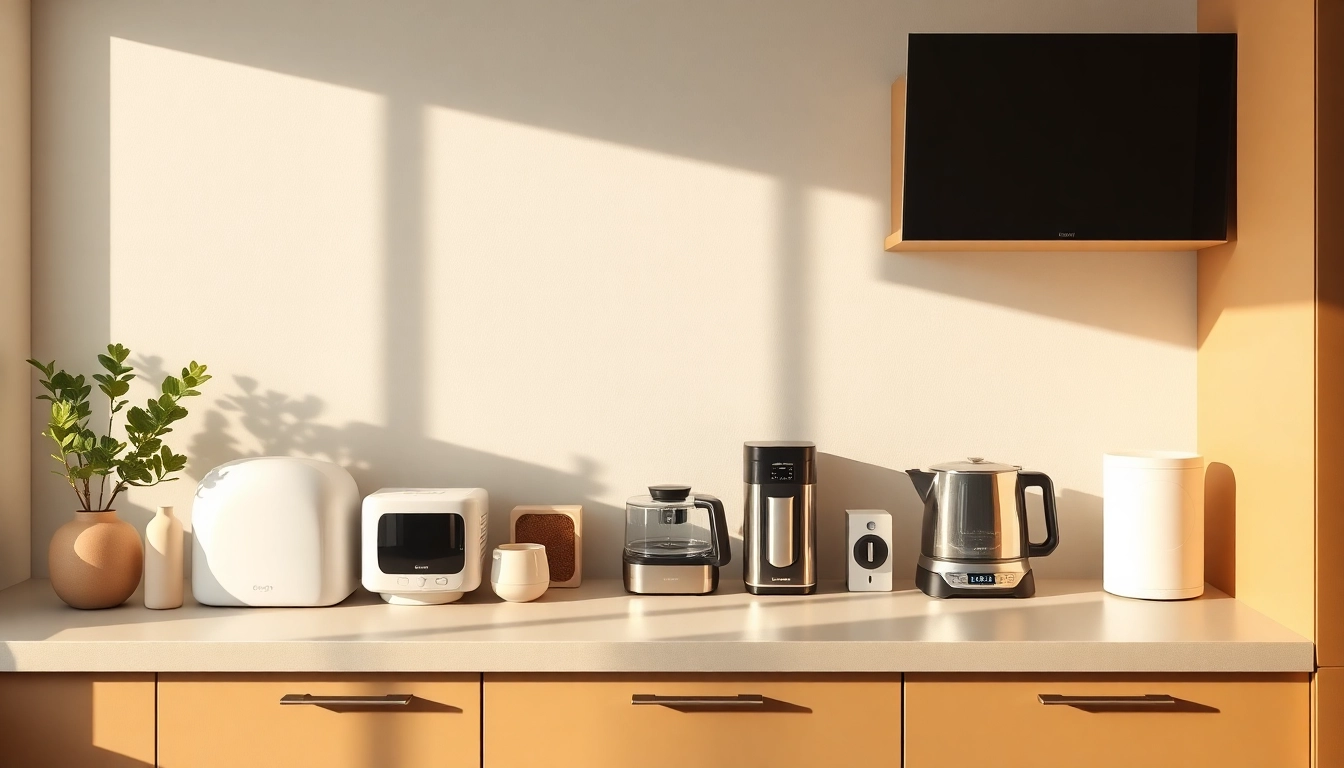
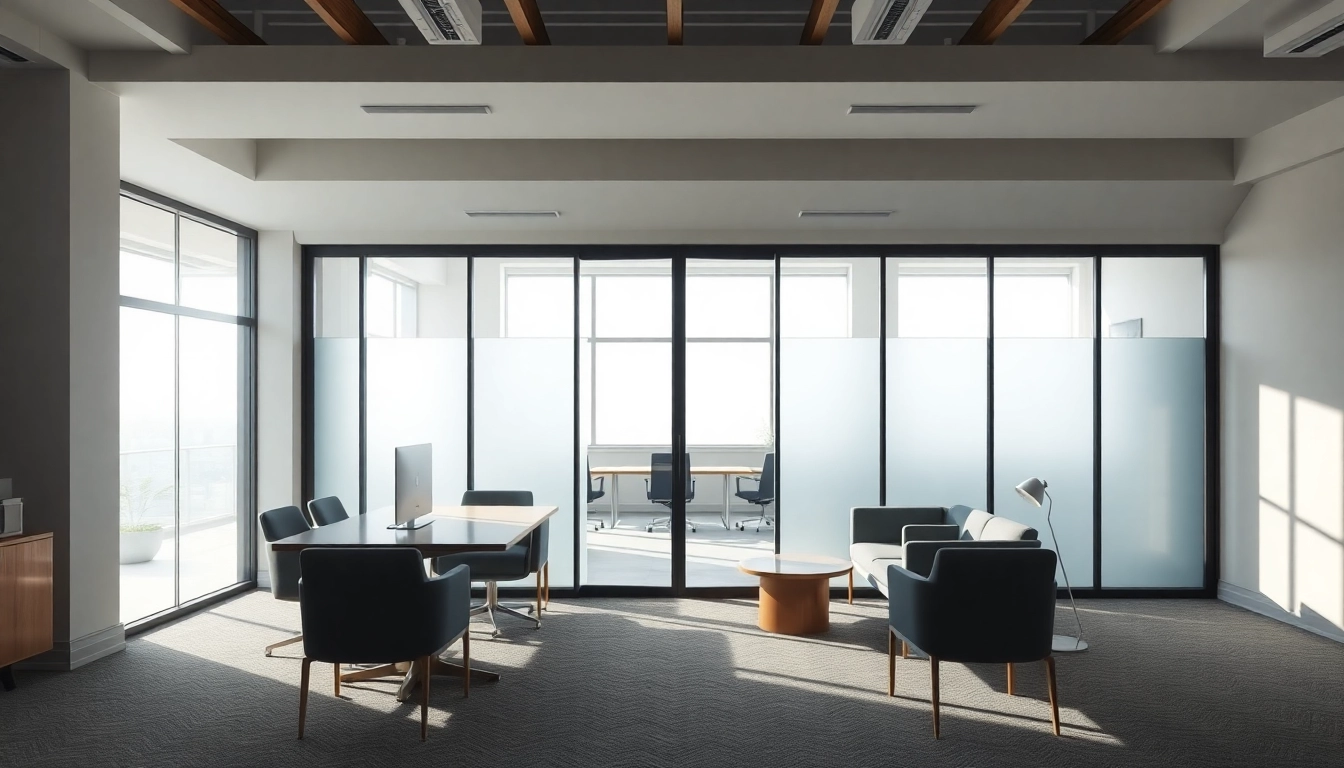
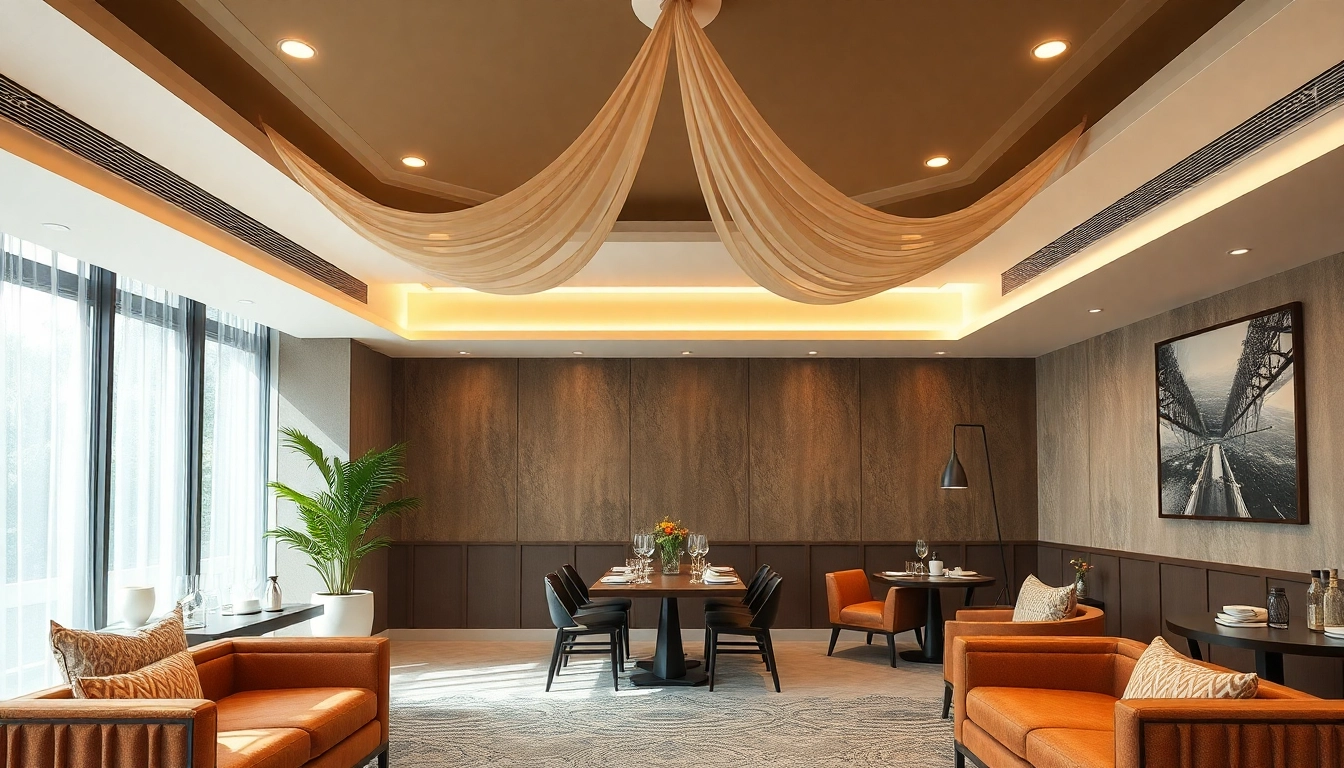


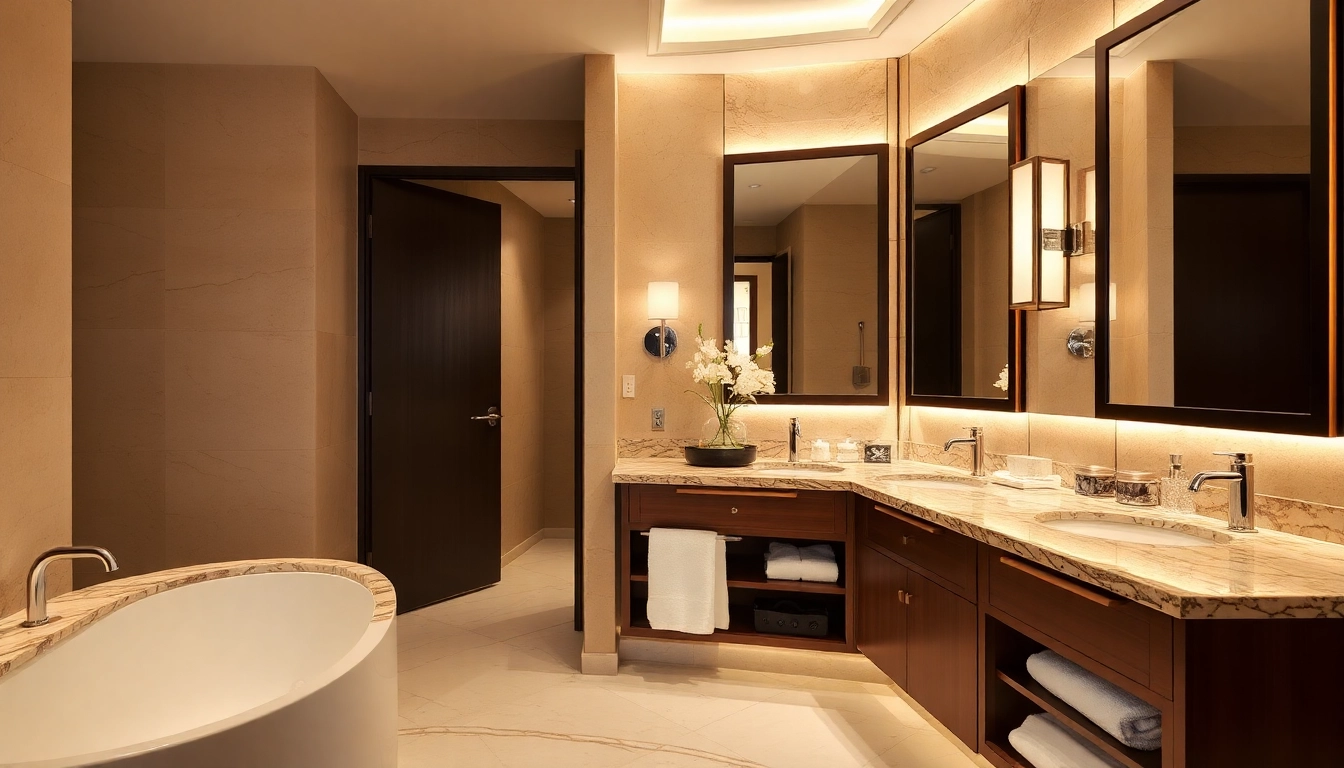




Leave a Reply